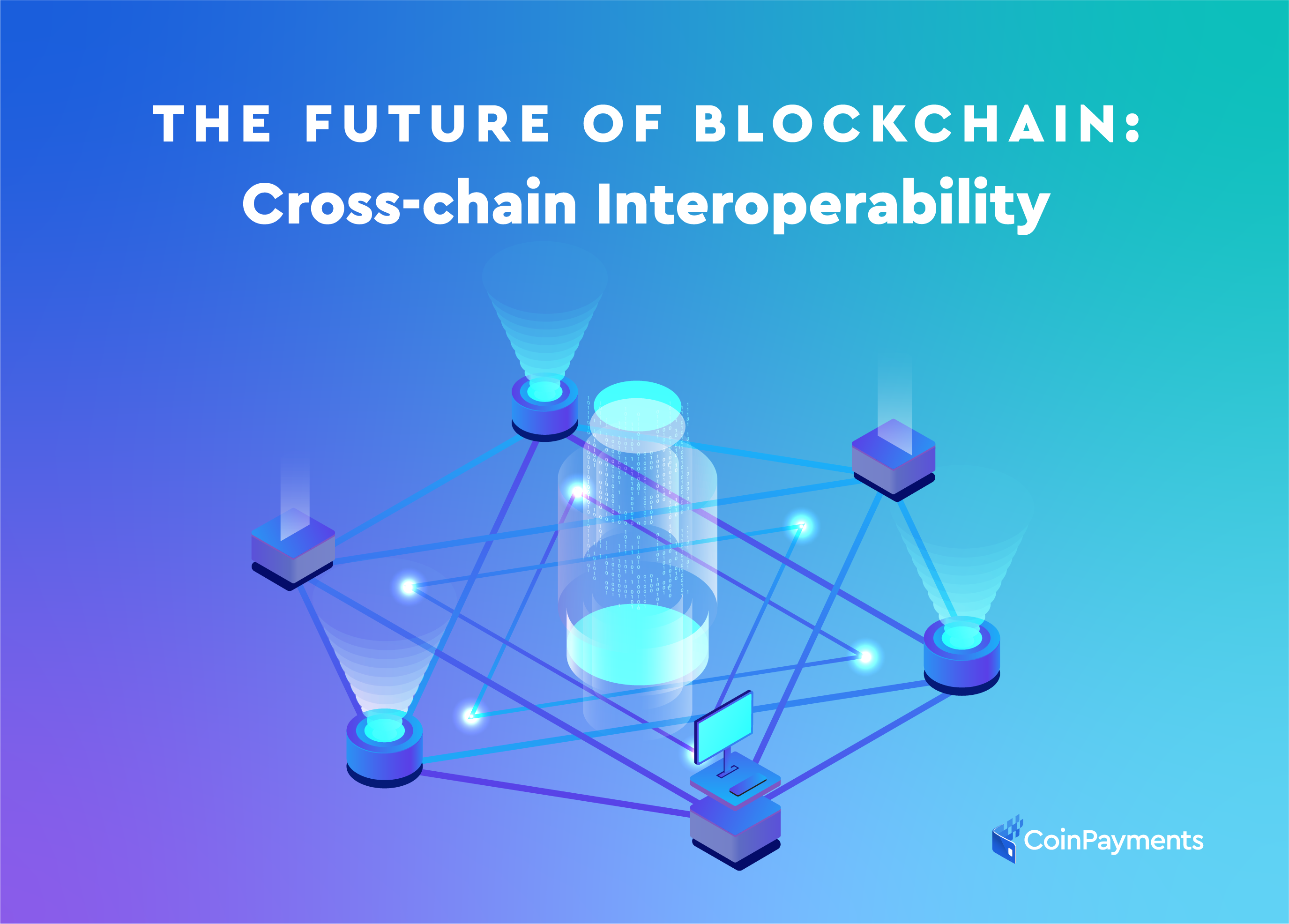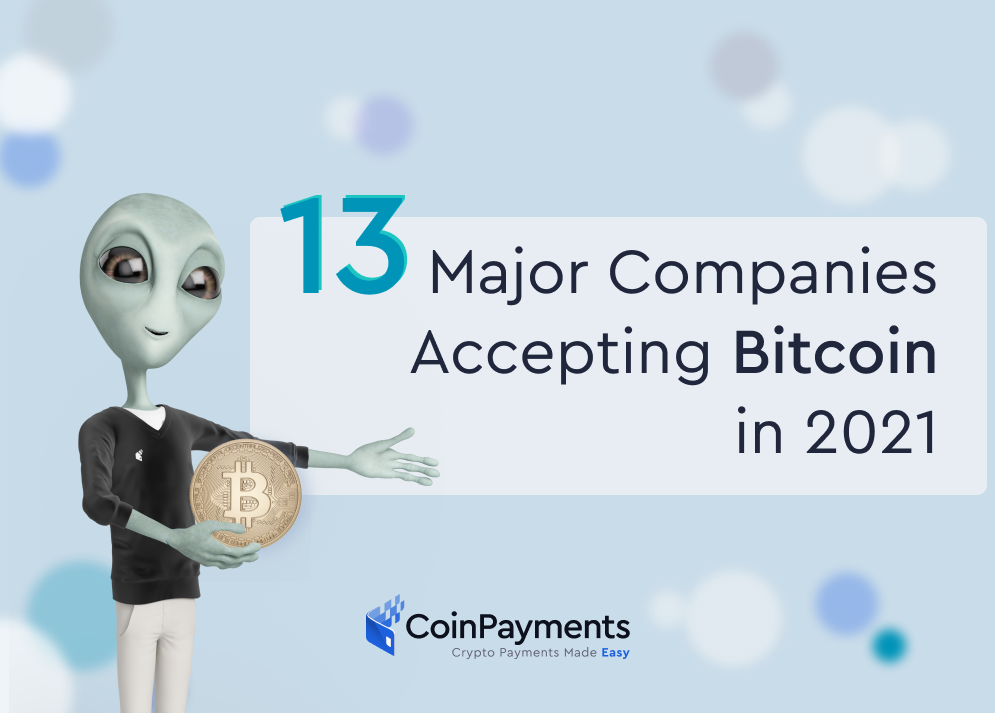
Blockchain has grown far beyond its hype. The introduction of Self-sovereign identity, Central Bank Digital Currencies, Trade Finance with Blockchain, and several other use cases have left the world ablaze.
However, these use cases do not even come close to showcasing the true potential of blockchain technology. Its true potential can be explored by considering the latest developments in the world of blockchain or, as we like to say, Blockchain Megatrends.
These blockchain trends are the epitome of the countless possibilities of blockchain inclusion and its influence on today’s data-centric world. In a way, they provide an answer as to why “blockchain” is such a buzzword.
Here are the five blockchain trends every blockchain enthusiast should have on their radars.
1. BCoT
We’ve all heard of “blockchain” and “Internet of Things,” but not many have heard these two buzzwords used together.
Introducing “Blockchain Of Things,” which fuses the two concepts and is a trend that we are monitoring closely. As our devices become more interconnected, it is only natural these emerging technologies have synergized the way they have.
By incorporating blockchain within IoT systems, personal privacy can be further strengthened across all of an end user’s devices — a crucial requirement in our growingly connected world. You can buy an IoT- and AI-powered driverless car, but if your movements are being tracked by anyone with decent hacking skills, what good are such innovations?
Many companies offer their own IoT platforms that exist without standard rules, but they remain difficult to communicate across IoT networks. Unless of course, they combine them with blockchain technology.
The inclusion of blockchain or the implementation of BCoT is what industries (and end users) need. Some forward-thinking industries are already implementing the idea, for example in end-to-end supply chain solutions. IoT devices are now being connected to a Blockchain network so that real-time data such as weather conditions, location, pressure, among other factors are uploaded without the possibility of being tampered with. This data can then be made available to other entities like research institutes, insurance agencies, retailers, and consumers, if needed.
2. Token Economy
A token economy is an ecosystem where utility tokens are used to perform different activities and to provide incentives to end users, among other functionalities. It is a system governed not by a central authority, but by the people who form part of it. Even before the advent of blockchain, tokens were used extensively but the lack of a robust governance model restricted its widespread implementation.
But, with blockchain now on the scene, the token economy can come out of the shadows.
We can now represent assets as tokens on top of a blockchain platform. These tokens can be traded with more ease and provide unmatched liquidity. This has also enabled us to monetize assets that were difficult to monetize before the advent of blockchain technology.
For instance, introducing the concept of non-fungible tokens (NFTs) in the gaming industry allows us to monetize in-game assets. If you have developed significant skills in a game, you can now monetize those skills and trade across other games, which leads us to the next blockchain trend in focus.
3. Blockchain Interoperability
Blockchain has seen massive adoption in the past few years and this adoption has accelerated the development of new blockchain platforms. As a result, the ecosystem now includes different blockchain applications that work in silos.
The ability to connect these siloed blockchain networks is known as blockchain interoperability, and it is the biggest blockchain trend at the moment.
The ability of these blockchains to freely share information without the need for intermediaries has become imperative for the future. Even if different blockchains are built with different standards, blockchain interoperability through cross-chain platforms enables them to communicate seamlessly.
There are many ways the industry is trying to address interoperability concerns, by building scalable, secure and interoperable network protocols that allow data and token sharing across public, private, permissionless, and permissioned blockchain networks. More so, we are seeing tremendous potential of this interoperability as independent blockchains join an interoperable network, now coined the “Internet of Blockchains.”
4. BaaS
The architecture of blockchain-based applications can be too complex and often requires an in-depth knowledge of several infrastructural protocols involved in building and hosting of such applications.
This is where Blockchain-as-a-Service (BaaS) steps in to provide a third-party cloud-based solution to entities that want to benefit from blockchain technology but do not have the resources to implement it themselves.
BaaS is available to businesses looking to build, manage, and host their blockchain-based solutions and smart contracts. Popular BaaS platforms include the IBM Blockchain Platform, Azure Blockchain products, Amazon Managed Blockchain, Corda, and the Oracle Blockchain Cloud Service.
5. Post-quantum Blockchain
Quantum computing has brought with it a slew of innovation but, as a powerful processing tool, it has also given rise to the risk of hacking systems that were previously deemed unhackable.
That said, quantum computers possess enough power to break into any secured system whether it is banking, critical communication, or even blockchain-based solutions. This realisation is what has led to the development of post-quantum — or quantum-proof — cryptography techniques.
There are different possible approaches to address this security risk including Lamport signatures, Merkle signature scheme, as well as Code-based and Lattice-based techniques.
Quantum-resistant solutions already exist and organisations are already building stronger security protocols that will further complement blockchain networks. Befitting examples include the Winternitz One Time Signature (WOTS) scheme used by IOTA blockchain and Microsoft’s family of post-quantum digital signature schemes known as qTesla.
But, without getting too technical, just note that these cryptographic techniques are in the works and worth learning more about if you want to dive deep into the world of blockchain, quantum computing, and security.
There is no question that the blockchain revolution has begun.
The aforementioned trends, along with other applications of the technology, are still in a nascent state. With rapid innovation continuously on the brink, the future remains uncertain. But, in the midst of this uncertainty, the inclusion of blockchain in every vertical, either directly or indirectly, is absolute.



